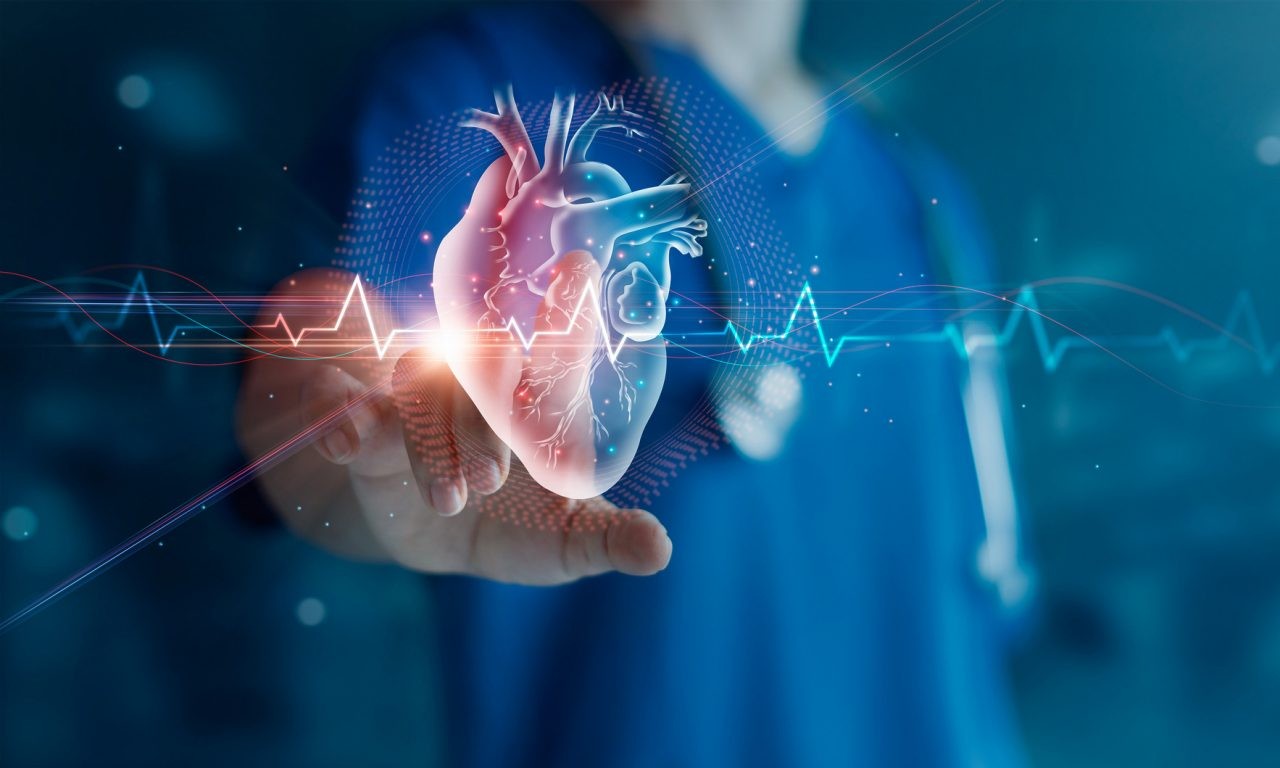This procedure is often referred to as a coronary angioplasty or stenting. This allows the cardiologist to reduce a blockage found in one or more of the coronary arteries.
What are the indications for the procedure?
This procedure is performed in a patient who has been found to have blockage in a coronary artery (the vessels providing blood to the heart muscle). In many cases this procedure is performed immediately after a cardiac catheterization, although in some instances it will be done as a separately scheduled procedure. PCI is most commonly indicated for relief of cardiac symptoms such as chest pain and shortness of breath. It is also performed when patients come through the emergency room with a heart attack to quickly restore blood flow to the heart muscle and limit damage.
How is it done?
When we’re ready to start you’ll be brought into (or remain in) the cardiac catheterization lab. You’ll receive some light sedation through your IV. Our goal is to make you comfortable without putting you all the way out. If, during the procedure, you find yourself anxious or uncomfortable just let us know and we can give you more medication. The procedure is typically painless except for some occasional brief (less than one minute) chest discomfort when inflating the balloons described below.
Through the sheath placed for the original angiogram we pass guiding catheters which are long flexible plastic tubes of various sizes and shapes that extend up to the opening of the coronary arteries. Through the guiding catheter we then pass a very thin wire into the artery and past the blockage we’ve identified. We can then pass small balloons over the wire and across the blockage where they are inflated to reduce the narrowing in the artery. Once the blockage is partially opened we insert another balloon that is wrapped with a very small stainless steel coil called a stent. As we inflate this balloon the stent expands and props open the vessel. The stent stays in place as we deflate and remove the balloon and the wire. There are two major types of stents and these are generally referred to as “bare metal” stents and “drug-eluting” stents. In most cases your doctor will have discussed the differences between these with you prior to the procedure. We’ll make the decision about which type of stent to use at the time of the procedure by taking multiple factors into consideration.
Once the procedure is finished, you will be taken to a hospital room to recover where you will spend the night. Because we use various medications that block blood clotting (so-called blood thinners) we may need to leave the sheath in place for several hours after the procedure. After the blood thinners have worn off, we have to seal the hole by holding pressure for 15-20 minutes and have you lie on your back for several hours. Occasionally we can use a device to close the hole we made in the artery so that you can get up and around sooner. Typically you’ll be dismissed the following day with instructions on how to take care of the access site and what activity you can pursue.
How do you prepare for the procedure?
PCI is done on both hospitalized and ambulatory patients. The preparation is the same as for a cardiac catheterization procedure.
Unless instructed otherwise you should be fasting on the morning of the procedure. In general we want you to take your usual morning medications with the exception of any we’ve told you not to take (please talk to our nurses or schedulers if you have any questions about this).
We do this procedure in the hospital at CUMC - Bergan Mercy, Midlands, and Lakeside. You’ll receive specific instructions on where to show up and what time to be there.
What are the risks of the procedure?
Because this is an invasive test there are certain grave risks that you need to be aware of. Fortunately we encounter these rarely. Bruising at the access site occurs in many people but very few of these will have enough bleeding into the groin that we have to surgically address this. The IV contrast can rarely cause an allergic-type reaction in people with a history of iodine allergy and can be harmful to patients with poor kidney function. The risk of death, significant heart attack or stroke is less than 1 in 100. There is a less than 1 in 200 chance of a complication that could result in the need for emergency open heart surgery.

